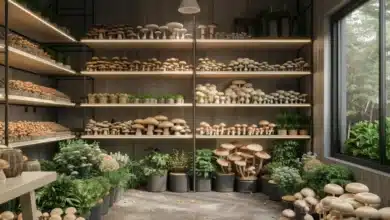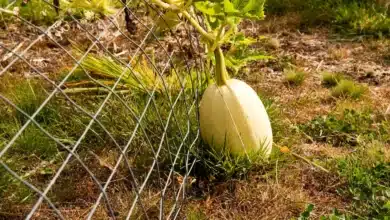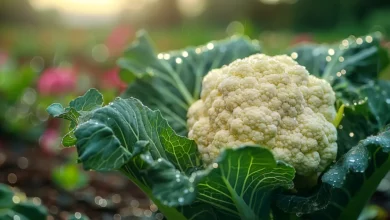What to Plant for Your Fall Garden
What to Plant for Your Fall Garden
The fall is the perfect time to enjoy your garden, with its abundance of flowers, fruits and stems. Planting annuals and perennials together will create beautiful floral displays in the fall months. Many shrubs and trees will also burst with autumnal color, including leaves, berries and stems.
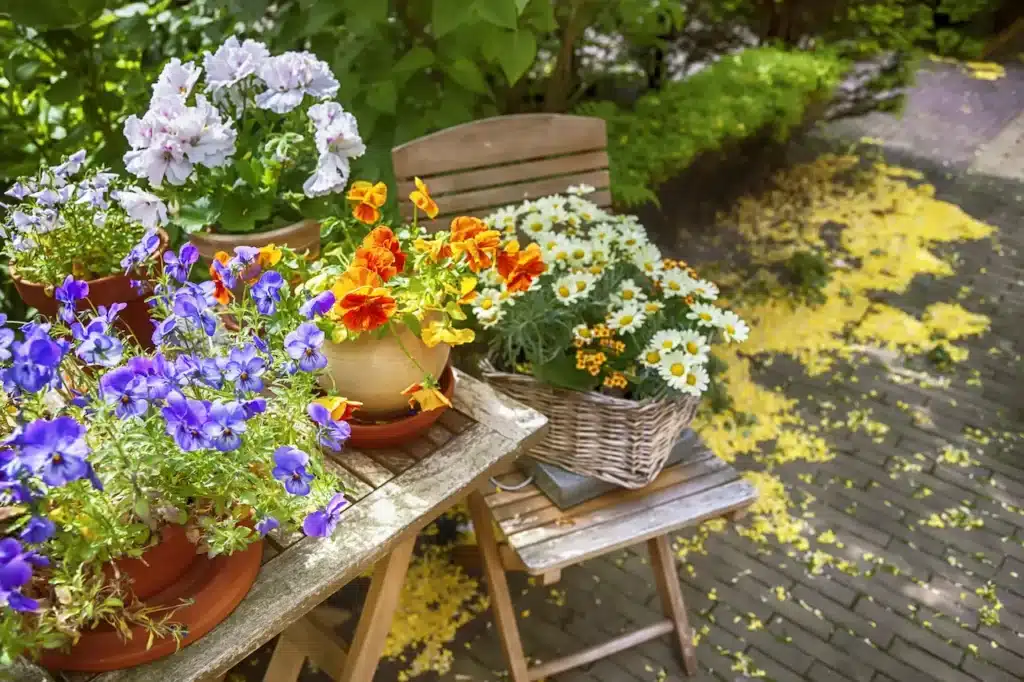
Fall Planting Benefits
Since many years, garden centers and nurseries have promoted that fall is the time for planting. Over the years this approach has become popularized, and fall is now almost as popular for planting and renovating garden as spring.
Fall planting has many advantages when it comes to permanent plants like perennials, shrubs, vines and trees. This time of the year is generally less stressful for plants. The soil remains warm for a longer time as the air temperature cools. Cooler air temperatures reduce stress on newly-planted plants, and the need to water them regularly. Plants can develop strong root systems as soil temperatures rise heading into winter.
What to plant in the Fall and Possible Hazards
Planting deciduous shrubs, perennials and trees (plants which shed their leaves on a seasonal basis, typically in the fall) is possible in the fall. You should allow enough time for plants to establish a strong root system before they enter the winter months. A good rooting system should take 6-8 weeks to develop.
Some plants, particularly trees, are identified as “fall-planting hazards.” These include trees like red maples, Acer rubrum, birches, Betula, dogwoods, Cornus, and oaks, Quercus. Even small trees of these species can be planted and transplanted successfully in the fall. Planting conifers and broadleaved plants in the fall gives them time to establish roots. Both broadleaved conifers and evergreens need to be well-rooted before winter. Otherwise, the foliage will lose moisture on sunny days and the root system will not have the ability to replenish the water. This will result in “winterburn”, which is browning of the leaves or needles.
How to Prepare your Garden for Fall Planting
Use the low temperatures in the air and the warm soil to help plants establish quickly as they go dormant. It is a good time to evaluate the design of your garden. Consider adding perennials and shrubs.
Once it appears that the extreme heat and humidity of the summer has passed, you can start planting in September. September is the best month for zones 5 and below. Fall planting is successful in USDA zones 6-8 from mid-September until mid-November. In zones 8-10 planting can continue through the fall into winter.
Compost should be added to the soil in any area where plants are going to be moved or planted. This will improve the success of the project. After the new plants are planted, they should be deeply watered. Mulching around the base will also help to conserve moisture and protect the roots of new plants heading into winter.
Plants to grow in the garden during autumn: Design your fall garden
The fall is a time of vibrant beauty. Perennials, trees and shrubs are at their best during this season. These stunning plants will bring a new dimension of beauty to your garden this fall.
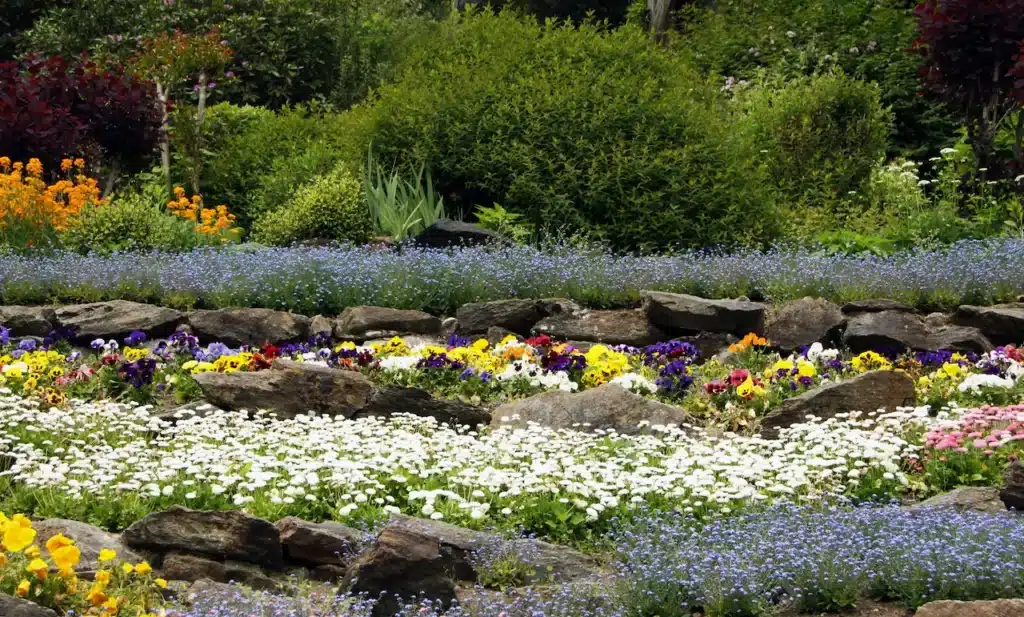
Perennials
-
- Symphyotrichum longifolium Also known as ‘October Skyes’ or ‘Raydon’s favorite,’ this aromatic aster blooms in October with quarter-sized lavender-blue flower. It can reach a height of 3-4 feet. Full sun is best for flowering.
- This native white wood aster (Eurybia Divaricata) is perfect for shady areas. It has tiny white star-shaped flowers that reach two feet in height. This aster likes to be in the shade.
- Aster Ericoides Snow Flurry is a cascading or spreading plant that can be used to cover a wall covered in white flowers. This aster prefers a well-drained, full-sun soil.
- Toadlilies have lavender flowers with darker purple spots. They are similar to orchids. Toadlilies flower best when they are in partial sunlight.
Shrubs
The fall colors of many shrubs are spectacular, and they also have a great display of ornamental fruits. The fall is the best time to enjoy the beauty of shrubs. There’s a variety of shrubs to choose from, whether you like the vibrant colors of their autumn leaves or their colorful ornamental fruits.
-
-
- Winterberry Holly, Ilex Verticillata, is a deciduous shrub noted for its brightly colored berries. The berries are revealed when the leaves fall in the autumn. This native shrub tolerates a wide range of soil types, including wet and poorly-drained areas. Winter Gold has salmon-orange fruits and ‘Winter Red,’ a selection of bright red berries. They can reach up to 10 feet in height when mature. The best conditions for fruiting are in full sunlight. Fruit production requires a male cultivar such as ‘Southern Gentleman.
- Aronia Arbutifolia ‘Brilliantissima” is a PHS Gold Medal Plant. Chokeberry with multiple stems is a selection that grows upright. It is covered with clusters of bright red fruits in the fall and turns a fiery red color.
- Cornus Sericea Cardinal is a selection of the red stemmed dogwood. The naked stems turn a vivid salmon-orange in late fall. These stems look stunning against an evergreen background. The stems will have the most vibrant color in full sunlight. Cornus can tolerate moist conditions.
-
Trees
-
-
-
- Acer Rubrum Redpointe (r), a red maple selection, received the 2025 Gold Medal Award from the Pennsylvania Horticultural Society. This red maple reaches a height of 45 feet and has a red fall color that is exceptional. It can thrive in many soil conditions, even wet ones.
- The paperbark Maple, Acer griseum, is unsurpassed for its ornamental bark. As it grows, the coppery peeling bark of this small to medium-sized 25-35 foot tall tree becomes highly ornamental.
- Locally, the common witchhazel Hamamelis Virginiana is found in our forests along streams and rivers. It can grow to be a large multi-stemmed bush or small tree. As the leaves fall, they reveal a multitude of yellow spider-like blooms. The plant will tolerate a lot of shade but it flowers better in full sunlight.
-
-

Seasonal Interest
The fall is a great time to add seasonal interest to your garden or planters. Include these plants in the fall that show off their best textures, colors or fruits.
- Capsicumannum are ornamental peppers that are cultivated specifically to produce ornamental peppers. Black Pearl has glossy black peppers and black leaves, while Acapulco ™ Multicolor is a narrow pepper with a variety of colors. Peppers love sunny spots in the garden.
- Coleus Solenostemon has a wide selection of autumnal colors, including red, burgundy and gold. Coleus are great for adding seasonal interest to your garden. They also look fantastic in window boxes and containers. Coleus can thrive in partial shade to full sun.
- Brassica Oleracea or ornamental kale has a greater decorative appeal in the autumn due to its ability of withstanding cold temperatures. ‘Dinosaur has long, steely-blue foliage. ‘Redbor,’ a tall upright plant with deep purple leaves that are crinkled and twisted. Ornamental Kale prefers full sun and a soil that is well-drained.
Expert Tips for Fall Planting
- Planting in the fall is best done early to give plants time to root before temperatures drop too low.
- Take care to take care of plants which are “fall planting hazards”, such as oaks, maples, birches and spruces. Conifers and broadleaved trees must have firmly established roots by the time ground freezes.
- Water and hydrate your plants well before the winter months.
- Don’t fertilize plants. Fertilizers based on nitrogen can encourage growth, which is then susceptible to frost and freezing.

